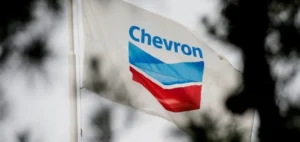Oil prices continue to fall, putting Opep+ and its production strategies in difficulty.
On Friday, Brent crude reached $71.06 a barrel, its lowest level since March 2023.
West Texas Intermediate (WTI) closed at $67.67.
This drop comes against a backdrop of persistently weak demand, despite OPEC+ maintaining its production cuts.
Market faced with weakening demand
OPEC+, the Organization of the Petroleum Exporting Countries and its allies, recently postponed the production increase originally scheduled for October.
This strategic change, which was supposed to support prices, did not reassure the markets.
Oil demand remains under pressure, partly due to unfavorable economic signals in China and the United States, two of the world’s biggest oil consumers.
China is showing signs of a slower-than-expected economic recovery, while the United States is suffering the effects of high interest rates and a slowing job market.
Opec+ strategies called into question
Despite these production adjustments, the market seems to doubt the effectiveness of Opep+’s actions in stabilizing prices.
Analysts point out that the organization can only influence supply, while the current weakness is mainly due to weaker-than-expected demand.
Some Opep+ members have already expressed differences over the production policy to be adopted.
In addition, the possibility of extending the postponement of the November production increase is increasingly being discussed.
Increased competition on the oil market
The challenges don’t stop there for Opep+.
In addition to managing market expectations, the organization faces growing competition from new producers such as the USA, Brazil and Guyana.
These countries are gradually increasing their market share, reducing the impact of Opep+ decisions on the overall balance of supply and demand.
Analysts predict that Opep+ may have to revise its production targets to avoid further loss of market share.
Outlook for Opec+ and oil markets
The short-term outlook for the oil market remains uncertain.
Recent moves by Opep+ indicate that the organization may be ready to take tougher measures to control supply, if necessary.
However, with global demand remaining weak and external players continuing to grow, Opep+ will have to strike a delicate balance to avoid disrupting the market too much while trying to support prices.






















